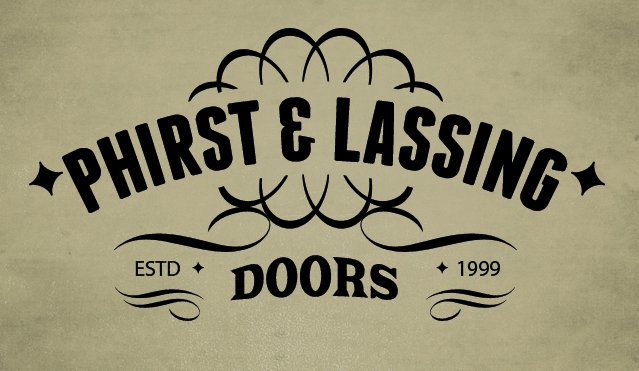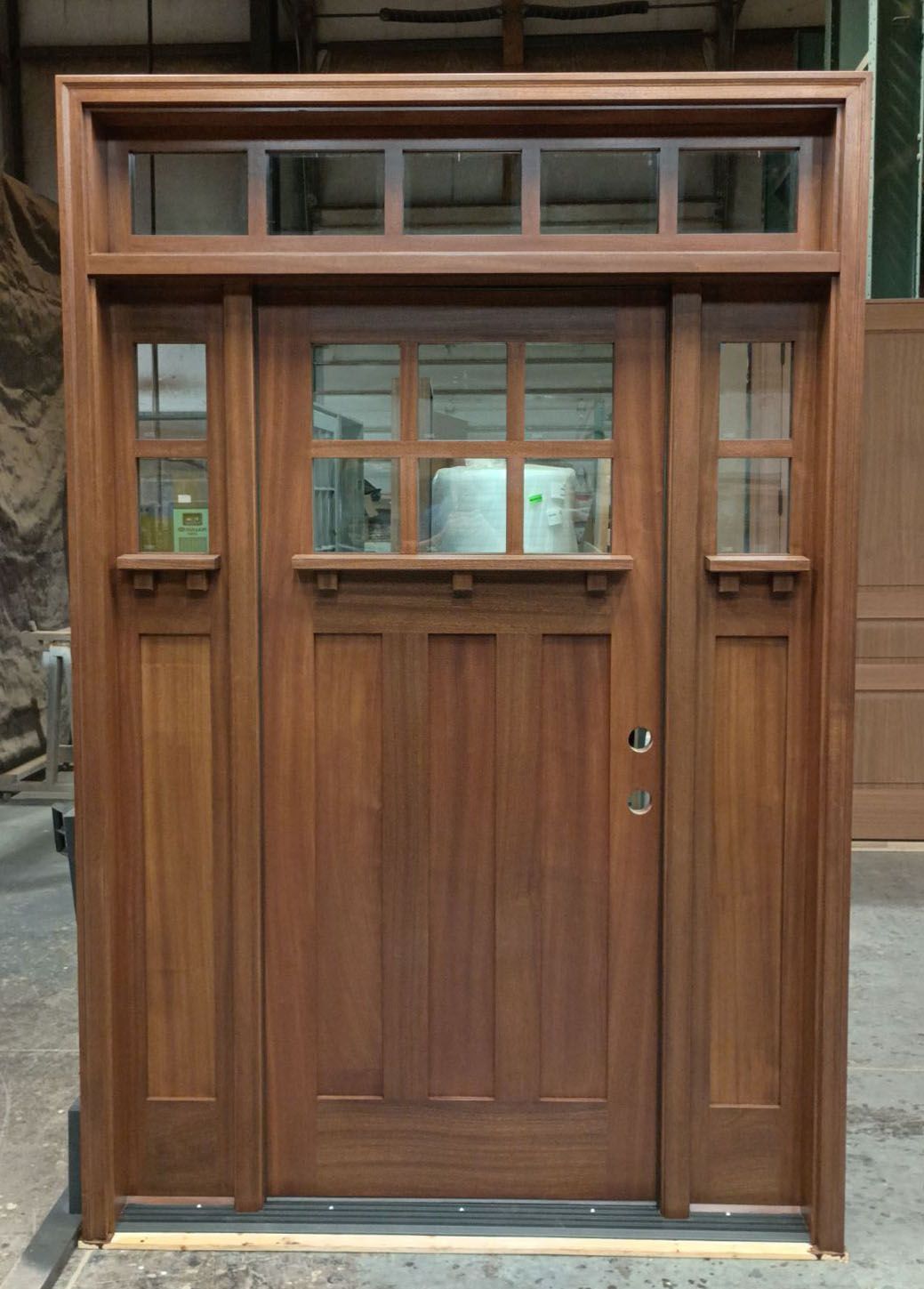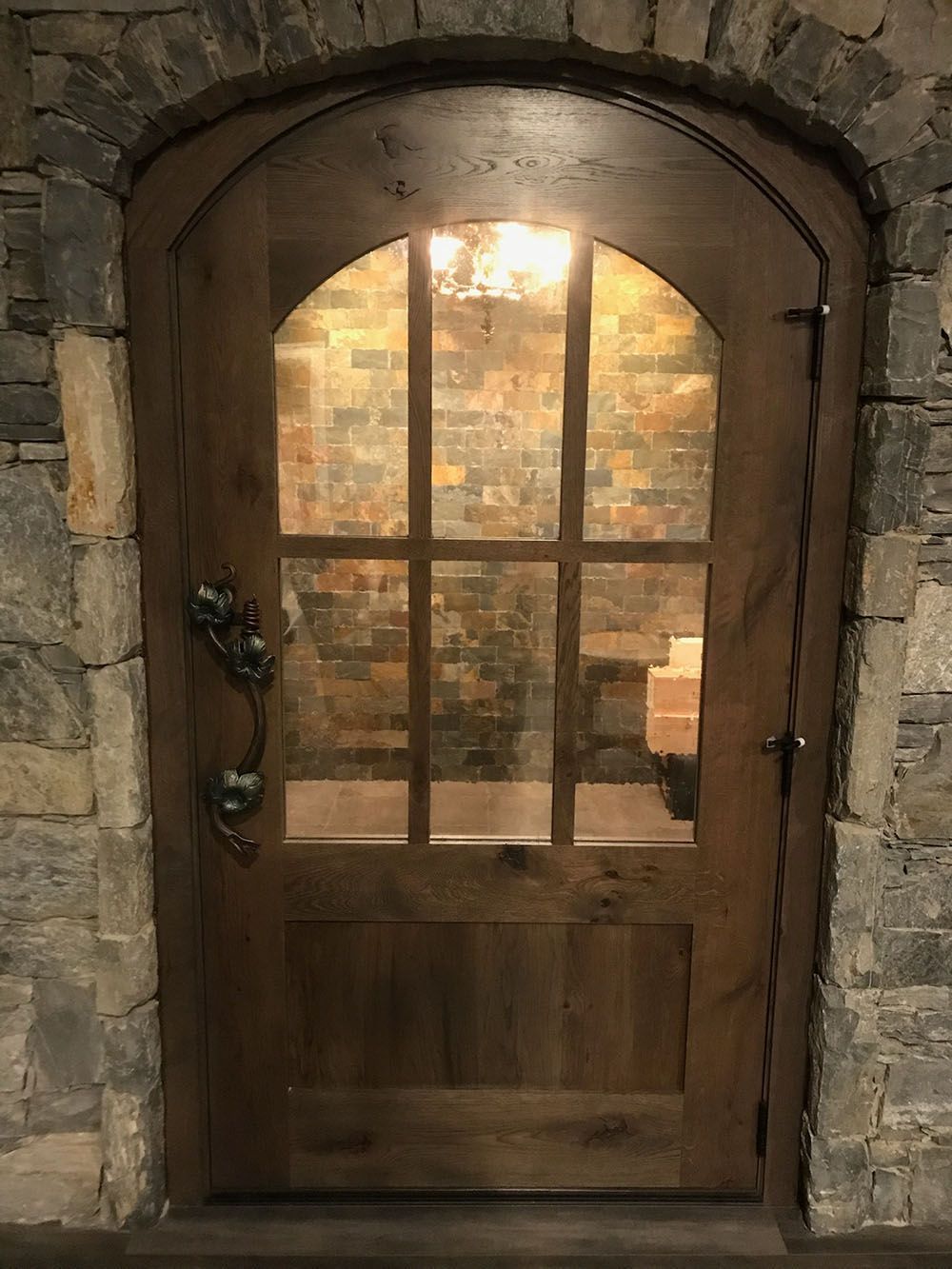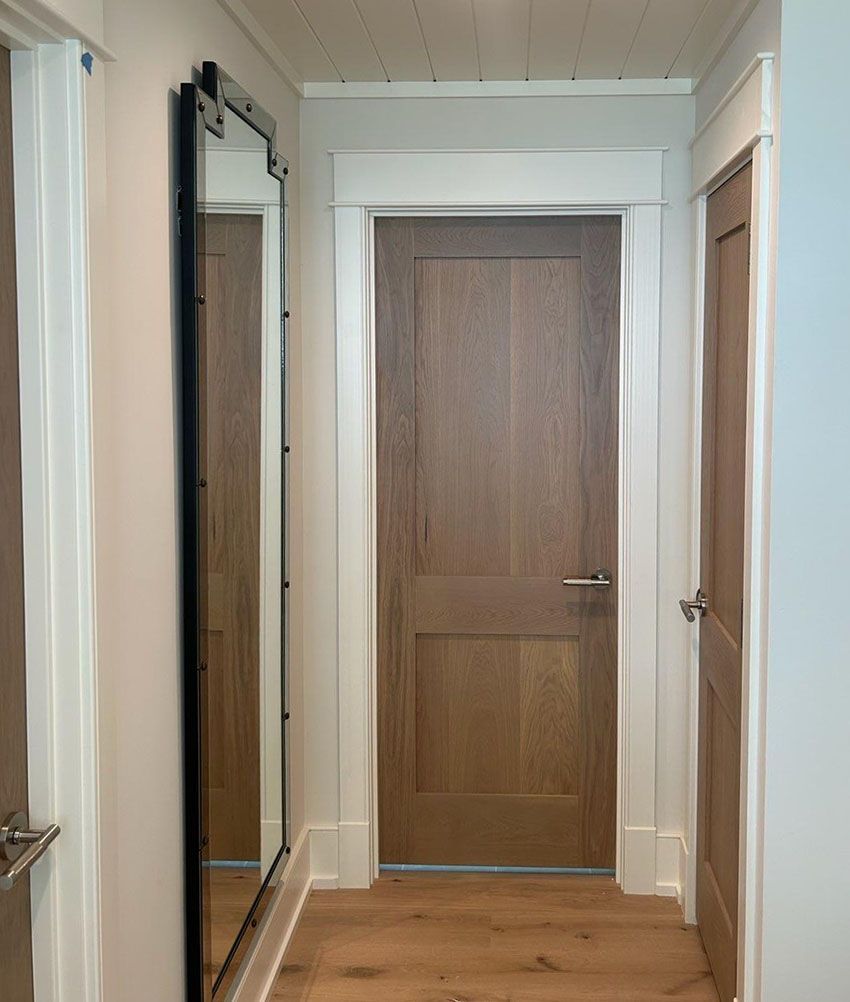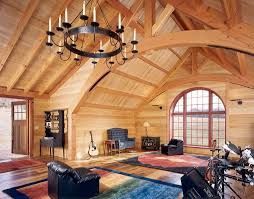Are Exterior Wooden French Doors Secure?
We ease French door security trepidation by underscoring two features: impact-resistant glass and a five-point lock system.
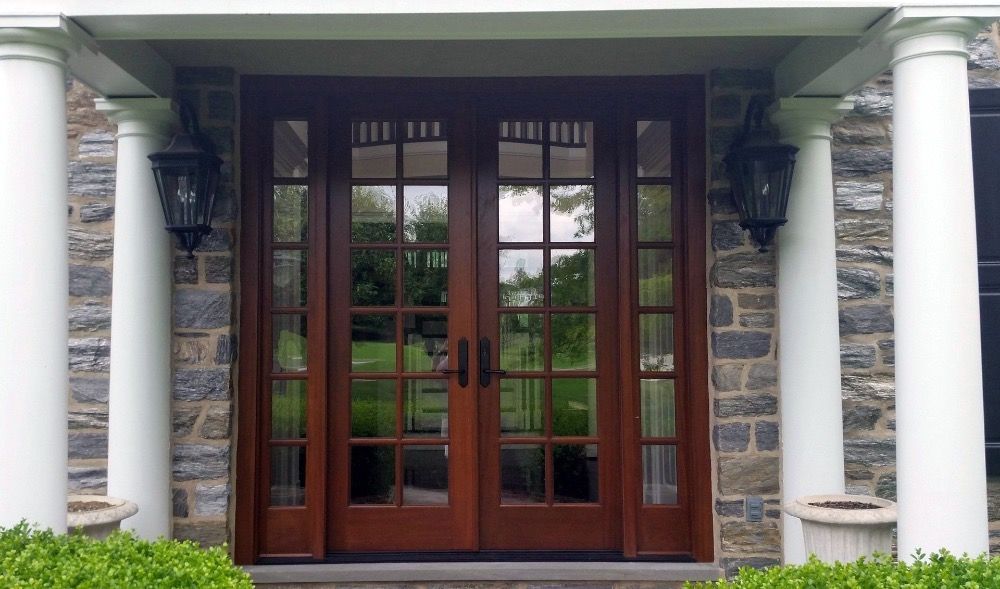
It is not unusual for customers to have misgivings over the security of wooden French door units. After all, the doors are, essentially, a wall of glass, which has its benefits but can leave many feeling vulnerable. Can’t someone kick in the glass? What about breaking a pane with a hammer? Can’t a burglar pick the lock? Fortunately, we ease French door security trepidation by underscoring two features: impact-resistant glass and a five-point lock system.
Impact-resistant, insulated glass has one pane of tempered glass on the outside. Then, an air space separates the aforementioned tempered glass from a 1/4” laminated glass panel, which is composed of two 1/8” glass panes. A polymer bond separates these 1/8” panes. We must emphasize, however, the glass will not be bullet proof. But it will be nearly impossible to break with a hammer or through blunt force.
A wood French door is weakest where the two doors meet, but a five-point lock on the primary active door fortifies the weakest points. Moreover, a wood French door unit is weakest where the two doors meet. The remedy: a five-point lock on the primary active door. The lock provides three latch points between the active and semi-active door. Steel spikes penetrate the head jamb of the wood frame as well as the threshold between the door and its base frame. Most manufactures will offer head and foot bolts on the semi-active door, but they miss the lever-activated, two-point lock option enclosed in a steel gear case. Furthermore, insist steel inserts are installed at the top and bottom of the doors’ locking edges. These steel inserts will prevent the wood door from breaking where the horizontal rails meet the styles.
Following these steps should go a long way to ensure peace of mind and the security of your wood French door unit.
